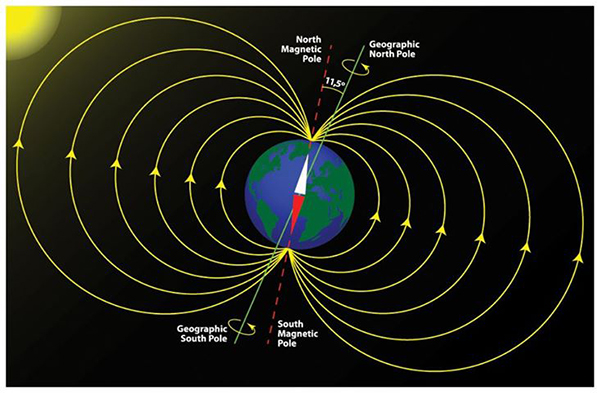That explained where all the sediment went. It was being returned to the bowels of the Earth. It also explained why ocean floors everywhere were so comparatively youthful. None had ever been found to be older than about 175 million years, which was a puzzle because continental rocks were often billions of years old. Now Hess could see why. Ocean rocks lasted only as long as it took them to travel to shore. It was a beautiful theory that explained a great deal. Hess elaborated his ideas in an important paper, which was almost universally ignored. Sometimes the world just isn't ready for a good idea.

Meanwhile, two researchers, working independently, were making some startling findings by drawing on a curious fact of Earth history that had been discovered several decades earlier. In 1906, a French physicist named Bernard Brunhes had found that the planet's magnetic field reverses itself from time to time, and that the record of these reversals is permanently fixed in certain rocks at the time of their birth. Specifically, tiny grains of iron ore within the rocks point to wherever the magnetic poles happen to be at the time of their formation, then stay pointing in that direction as the rocks cool and harden. In effect they "remember" where the magnetic poles were at the time of their creation. For years this was little more than a curiosity,












